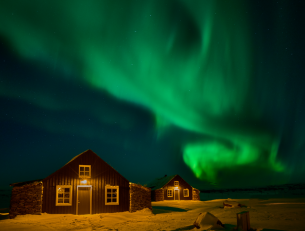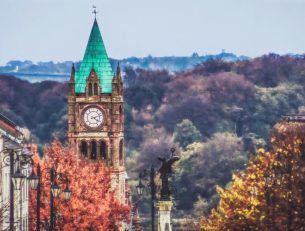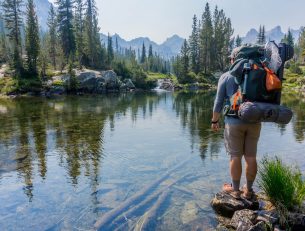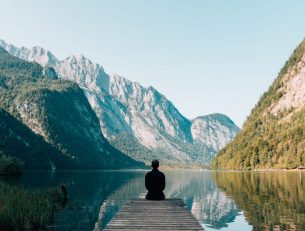Whether it’s a skiing holiday on snow-capped Alpine mountains, a winter sun excursion on white-sand beaches in the Caribbean, or even a whale watching experience off the coast of Iceland, the tourism industry is inextricably linked to climate.
As a concept, it relies heavily on the natural wonders and various ecosystems that people want to visit around the world, but as climate change puts the natural world in the firing line, the tourism industry must also accept that it is very much part of it’s own problem, and find a way to combat climate change.
Tourism’s global carbon footprint accounts for 8% of global greenhouse gas emissions, with almost half of those emissions a result of aviation. And it’s these carbon emissions that are putting glaciers, coastal areas and local communities at risk, the very things that drive tourism in the first place.
However, the answer isn’t to simply ‘put a stop to tourism’ , an eventuality we as good as experienced during the 2020 coronavirus pandemic. Tourism accounts for around 10.8% of the worlds GDP, and is essential for millions of livelihoods around the world.
If climate change continues at the same pace however, it’s likely there will be no tourism industry in decades to come. So it’s clear that whilst tourism is set to continue, it needs to find a way to combat climate change not only to protect itself as an industry, but also the natural places we value so highly, and the communities who will be hit hardest by an ever-changing world.
In this article, we’ll outline just how tourism is contributing to climate change, before explaining the importance the industry should have in combating it, along with specific examples of where the travel community is already taking action.
Tourism and the Travel Issue
To begin to understand how tourism can combat climate change, we first need have some insight on the effect that tourism has on the environment. As we’ve already mentioned, tourism is responsible for 8% of global greenhouse gas emissions, but that’s not where the adverse effects end.
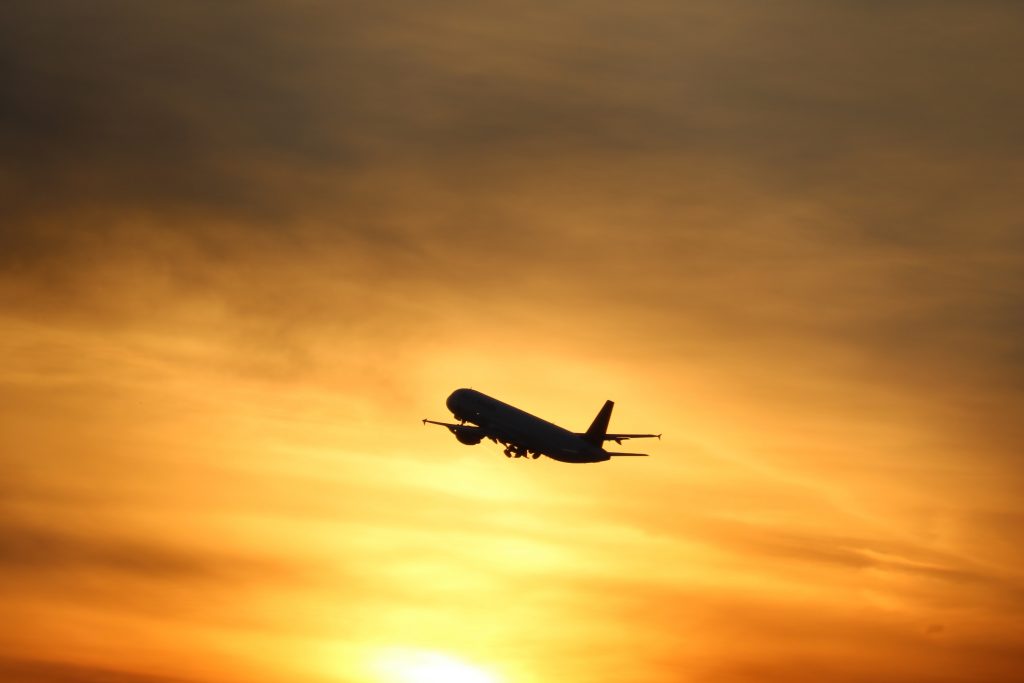
Large hotels put enormous strain on local resources such as water and energy, cruise liners cause huge damage to coastal areas due to erosion and the various pollutants they leach into the sea, and often unique natural environments such as coral reefs are damaged due to reckless tourist activity and a change of acidity in the ocean.
These are just a few examples of where tourism has a major impact on local ecosystems and the climate as a whole, but it is important that we examine each aspect of tourism in order to find opportunities to reduce the impact they have on the environment.
How much does aviation contribute to climate change?
Despite all these other factors that tourism contributes, it is aviation that is by far and away the single biggest issue when it comes to travel and climate change.
The IPCC has estimated that aviation is solely responsible for 3.5% of all human-created climate change, a statistic that gives us a clear impression of just how damaging flying can be when it comes to global warming.
And with the number of people flying expected to double every 12.5 years, thanks to a huge growth in demand from the growing middle classes in countries like China, Brazil, Russia and India, the problem looks, for now, as if it will get worse before it gets better.
As we’ve already touched on, simply stopping flying is a far too simplistic and potentially hugely damaging solution. Whilst an immediate cessation of commercial flights would reduce the overall carbon footprint that tourism is responsible for, it would also immediately sever any business and income to economies and communities that rely heavily on tourism.
Of course, the dream is for a form of sustainable aviation, which may sound like science fiction, but steps are at least being taken to try and develop a world where flying can be more environmentally friendly, with less of a reliance on fossil fuels.
How much does accommodation contribute to climate change?
Large, luxury hotels require a huge amount of resources to run. In fact, hotels alone contribute 1% of global emissions.
Many contribute towards putting a strain on local resources, denying local communities adequate water, over facing them with waste, and promoting irresponsible tourism whereby visitors spend virtually all their time and money in their hotel, leaving only to visit overcrowded sites in large groups.

All of this is especially true of large, luxury hotels, particularly those that belong to chains, as by staying in these, very little money spent by travellers actually goes into the pockets of the local community.
At this point it is important to note that climate change is not just an environmental issue, it’s not only the natural world that is at risk. Climate change is also one of the most pressing social issues facing the world today.
As is typical with most global challenges, it’s the worst off who will bear the brunt of climate change. Not only are they the people who will first feel the effects of water shortages, drought and famine that are brought on by environmental changes, but with the loss of tourism some of the least developed countries in the world will experience the loss of a vital source of income.
Indigenous peoples, those who work closely with the land and with nature, will find they lose not only the fertility of the land they work with and the biodiversity that feeds and shelters them, but also the natural world that provides them with a cultural identity.
The cultural issue
Tourism done wrong is incredibly damaging to the very local communities that travel is supposed to benefit.
At its worst, the tourism industry can place a huge strain on local resource (as we have mentioned above), destroy local habitats and important cultural sites as destinations throw up amenities designed specifically for tourists, and dilute a local culture to the point that the population completely loses its identity and is forced to move elsewhere. All whilst putting very little money into the pockets of the people who actually live locally.
A lot of local livelihoods depend on thriving biodiversity, so indigenous communities will often be involved in protecting their environment, not only in the interest of sustaining their way of life, but also in order to preserve what is often the very thing that attracts visitors in the first place.
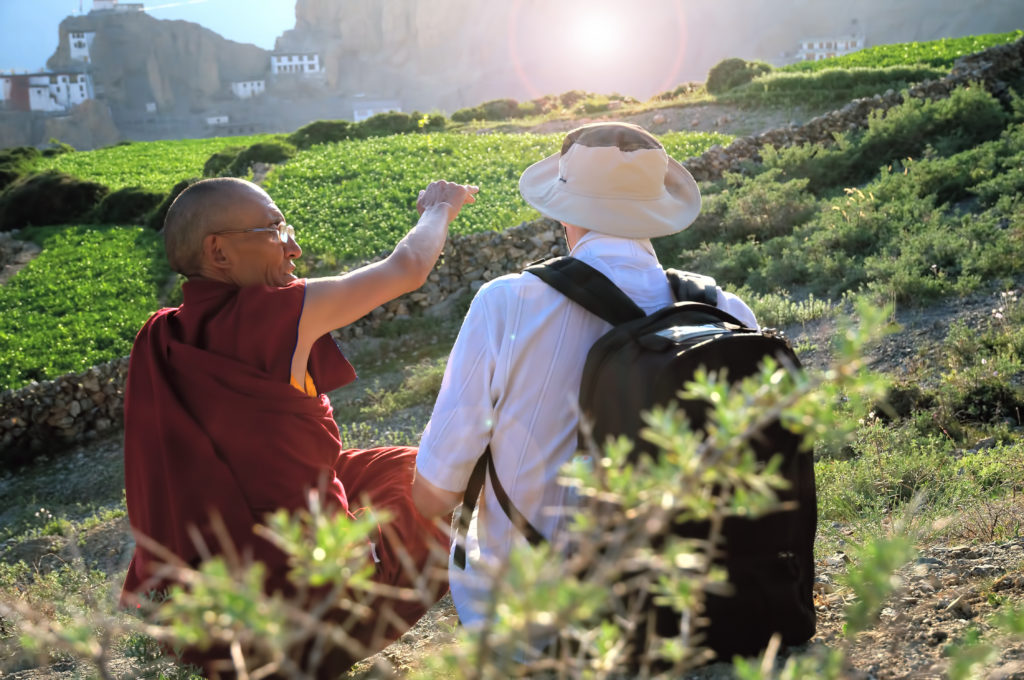
By travelling irresponsibly and diluting this culture, tourists can put this protection for the environment at risk, so it’s absolutely vital that travellers, tour operators and locals alike share a common goal in protecting authentic, local culture, by ensuring these communities benefit from travel in an economic sense.
How Tourism can reduce its Carbon Footprint
It’s clear then, that the tourism industry needs to make fundamental changes, first in order to reduce the size of its carbon footprint, then to empower and benefit local communities around the world.
In this next section of the article we will outline specifically how the tourism industry can take steps to reduce its carbon footprint.

Measurement
It is impossible to know how to decarbonise without first knowing how much carbon you are responsible for releasing. Once you understand the emissions your company releases, you can identify places where you can reduce your output of greenhouse gases.
Most travel businesses are already doing this, as there are a number of free tools companies can use to measure their carbon footprint.
Management
Once companies understand their carbon footprint, they can begin to manage and reduce their carbon emissions in a variety of fields. These include but are not limited to:
- Travel
- Accommodation and food
- Biodiversity
Travel:
Obviously, tourism is always going to involve travel. And the fact is, it’s this physical movement of persons around the planet that accounts for around 70% of the greenhouse gas emissions that the tourism industry produces, with aviation being the largest culprit.
Clearly changes need to be made in the ways people travel to holiday destinations, particularly when it comes to flying.
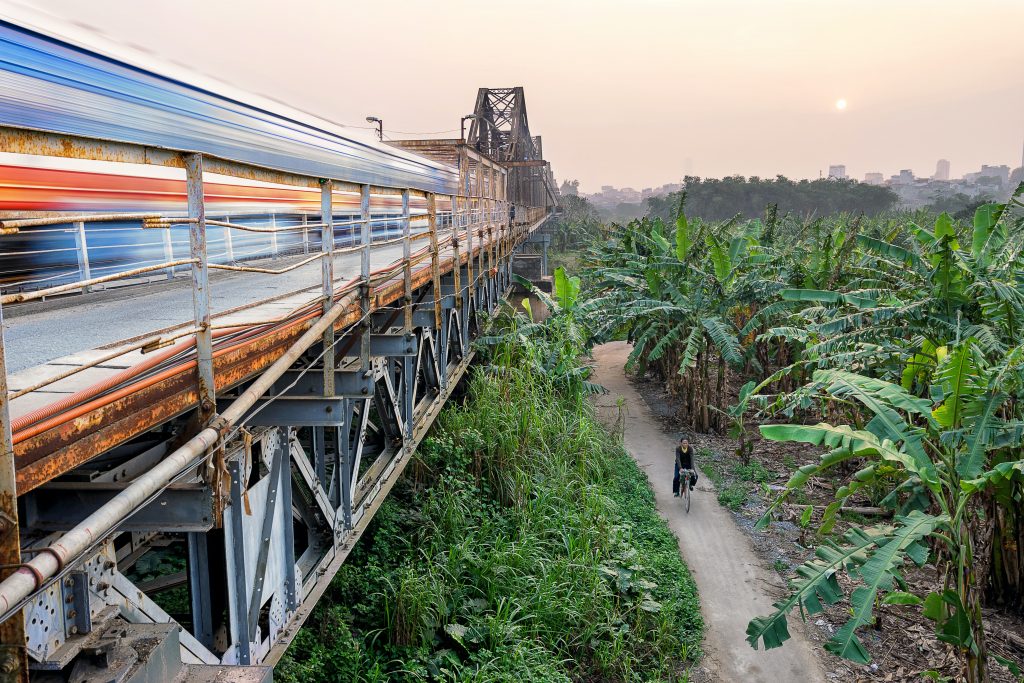
There are already a variety of ways in which the consumer can fly in a slightly more sustainable way. Flying economy, taking one single flight rather than a number of connecting flights and paying to offset the carbon added to your footprint when you fly are all methods that are readily available and encouraged by most airlines.
We can also encourage travellers to take no-fly holidays, to explore their home country or travel to nearby destinations by train.
In reality however, with the almost exponential growth of new consumers looking to explore distant corners of the earth and the pragmatic truth that people are always going to fly, it is going to require fundamental changes to how aeroplanes themselves function that provides a solution for sustainable flying.
After all, airlines don’t want to see the environment in decline. The loss of the very habitats and landscapes that motivate people to travel would be detrimental to the airline industry, so they are compelled to join in the fight against climate change for at least this reason, if not the intrinsic value of protecting the planet.
One potentially promising line of work is the development of Sustainable Aviation Fuels (SAFs), which would take the place of the fossil fuels currently used in aeroplanes. Whilst it is a new and expensive technology, airlines like KLM and Delta have already taken steps to adopt the new fuels, which can cut the carbon emissions on a flight by up to 80%.
Accommodation and food:
We’ve touched on how problematic certain types of accommodation can be when it comes to climate change and tourism, and in fact a fifth of the tourism industry’s carbon footprint comes as a result of the accommodation people need when they travel.
To match the targets set by the Sustainable Hospitality Alliance of reducing its carbon emissions by 90% by 2050, the consumer and the hospitality industry need to work in tandem.
Consumers need to be discerning when choosing where to stay, opting for smaller, independently owned accommodations rather than enormous luxury hotel chains.
The consumer has the power to affect industry-wide change. If priorities switch to finding accommodation that is run by locals who avoid putting a strain on local resources, then hotels will adapt to suit this new demand.
Popular Sustainable Holidays
Already, there has been a huge shift in the hospitality industry that has looked to integrate sustainable building designs, renewable energy sources and minimal single-use plastics into their operations, as well as shortening their supply chain to buy local produce from local farmers and producers.
Sustainable Accommodation Examples
Topas Ecolodge, Vietnam: This eco lodge in Vietnam offers customers an incredible opportunity to stay high in the mountains of Northern Vietnam, whilst supporting a business that works hard to employ locals and ensures money is invested into the community.
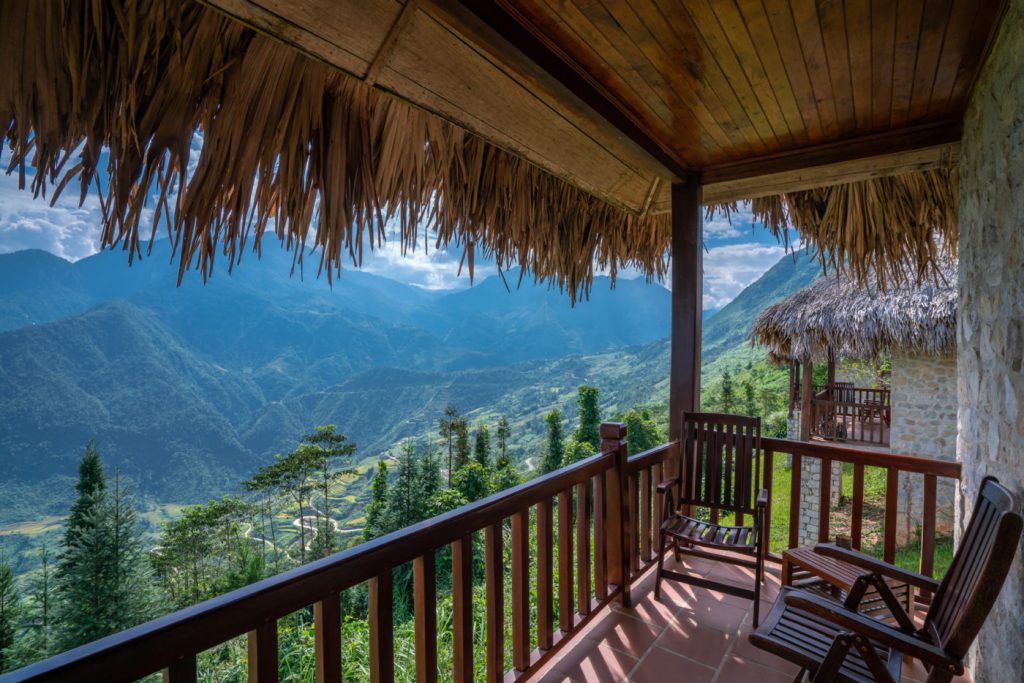
They also have an on-site glass crusher to recycle glass, they employ an organic supply chain, having contracts with three farmers within a 15km radius of the retreat, and they have developed the incredibly innovative construction of a wetland, which purifies waste water from their laundry and kitchen and reduces their impact on the local environment.
Torfhús Retreat, Iceland: These traditional yet luxurious Icelandic buildings are built from reclaimed wood and stone, to ensure minimal use of new materials, and are powered entirely by hydroelectric and geothermal energy.
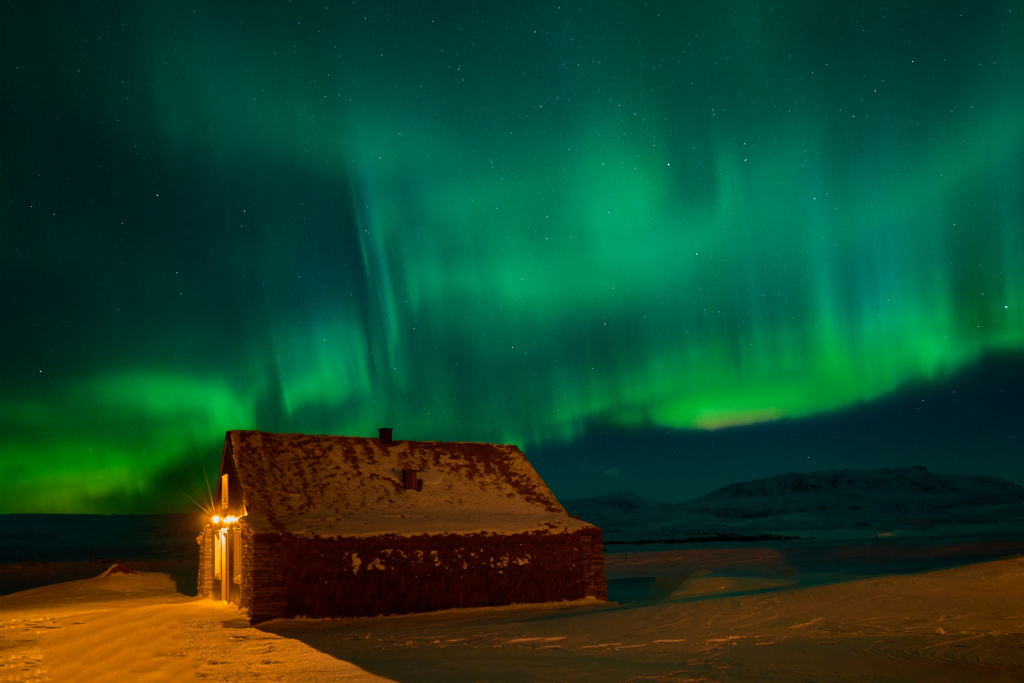
The living turf roofs also contribute to absorbing carbon from the atmosphere rather than releasing it, and the retreat also employs a no bottled water policy. As well as all this, the chef on the site of the retreat has worked tirelessly to ensure all produce is fresh, and locally sourced, much of it grown on site or sourced from local farmers and fishermen.
Hacienda La Ensenada, Costa Rica: It’s no secret that Costa Rica has led the world in the development of ecotourism in recent years, so it should come as no surprise that the country is full of examples of sustainable accommodation options.
Hacienda La Ensanada employs a range of sustainable tactics, such as limiting their use of single-use plastics, encouraging customers to reduce their water usage, employing local artists to create furniture and artwork, and purchasing 90% of their food and cleaning products from local suppliers.
Biodiversity:
Tourism can be, and has been, detrimental for declines in biodiversity around the world. Intensive agriculture to supply hotels and restaurants with food, a loss of habitat to build amenities and hotels for visitors, all of this and more has contributed towards a huge proportion of the planet undergoing a catastrophic loss of species.
However, done right and with the tourism industry supporting the right people, travel can be a tool to actually restore biodiversity to places previously damaged by visiting populations.
The ecotourism market size was valued at $1.18 billion in 2019, and before the pandemic was expected to grow to $333.8 billion by 2027. This growing sector in tourism relies on the preservation of natural wonders and environments, therefore the money made in this sector is usually, for the most part, used to aid this cause.
We cannot stress the importance of indigenous populations in safeguarding biodiversity enough, and it is up to the tourism industry to ensure that the incredibly damaging concept of tourism leakage comes to an end, with income trickling down to the local people.
So far, the creation of national parks and protected biomes for plant and animal life around the world have led to new, viable tourist destinations in developing countries. It has led to the creation of jobs for local people who are employed to work at protecting and preserving these delicate ecosystems, with tourists’ money going towards this preservation.
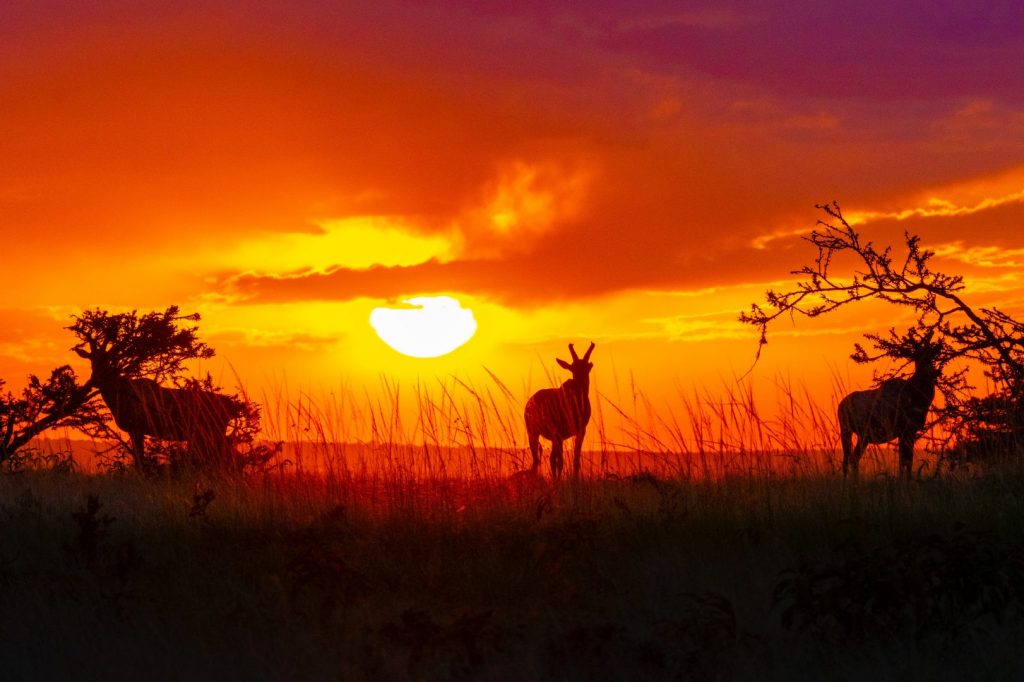
In many cases, indigenous populations have come to understand that they can take more value from the protection of a species than the exploitation of them. For example, in the Amazon, the development of ecotourism in the area encourages the preservation of the forest, as that preservation can be monetised.
A similar example involves the protection of rhinos in Africa’s various great national parks. By putting more emphasis on the value that live rhinos have in terms of the tourism they bring in, compared to the money made by poaching them for their horns, the travel industry can change perceptions and help protect these animals.
Ecotourism can also help to directly support local projects and work being done by the locals, such as tree-planting, elephant collaring or wildlife sanctuaries for local, endangered species. In many cases, these schemes rely on money from ecotourism.
It all comes down to local populations and communities really benefiting from the right kind of tourism, alongside corporations being ready to, in some cases, give up a little profit margin to ensure people can still explore the world whilst not compromising the environments they are visiting.
How else can Tourism Combat Climate Change?
We’ve discussed how the tourism industry can reduce its carbon footprint, and have touched briefly upon how certain types of tourism can incentivise groups to undergo conservation efforts in their area.
But how else can tourism actually take on the issue of climate change? How else can the industry act to ensure it not only reduces its impact upon the planet, but has a positive effect?
Small scale support
One way in which tourism can start to reverse the effects of climate change is to support small, yet important, changes in the way tours and accommodation options are run.
For example, in Peru the introduction of donkeys being used to carry luggage through the mountains has had a negative impact upon the local environment. As non-native animals, they have eroded much of the mountainside and have a are out-competing many of the native species that live in the Andes.
Some tour operators are now turning back to the traditional use of llamas and alpacas to help tourists through the mountains, as they have nothing like the same impact on the region.
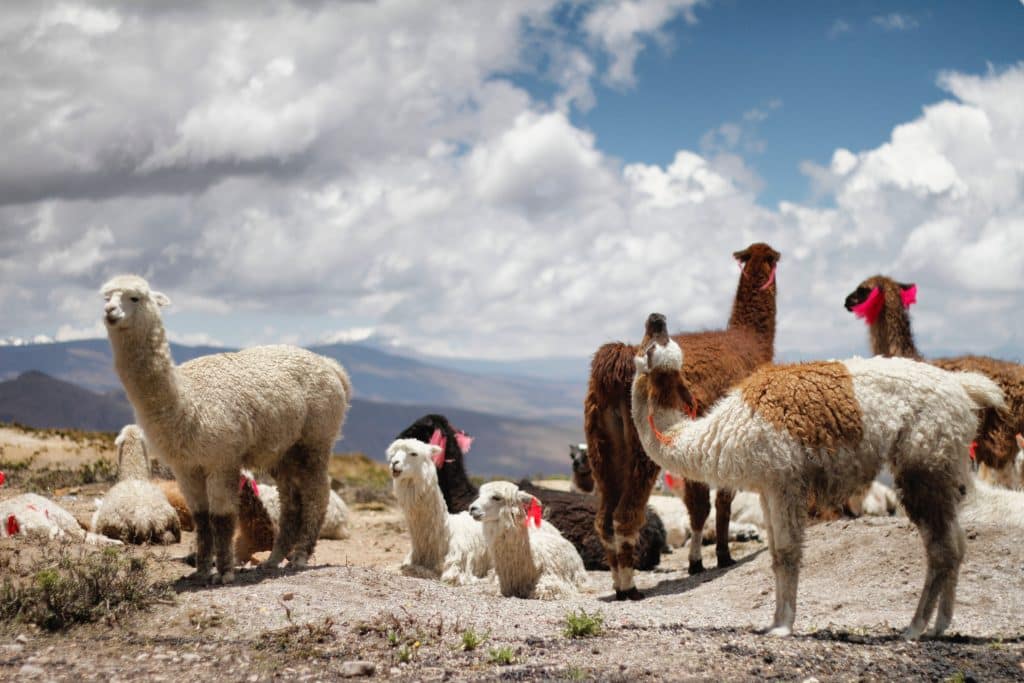
This is just one example of the many thousands of ideas that tour operators and hotel or lodge owners have introduced across the globe. The real question here is, how can the travel industry as a whole ensure these schemes have the most significant impact they can?
One clear and simple method is for tourism corporations to work with these types of suppliers. By promoting their tours or holidays, they can push consumers to a type of travel that impacts the world in a positive way.
By putting on a spotlight on the local entrepreneurs that are taking steps to protect their local environment and their traditional way of life, they can encourage other operators to do the same and influence consumer behaviour to support these local hosts and communities.
Education of the consumer
Travel should be an opportunity for people to see and explore the world, but in this modern climate, it also needs to be an education for tourists.
By taking people to parts of the world they would never expect to see, and laying bare the danger these beautiful places are under, the tourism industry can open the eyes of the public to what they may one day lose entirely.
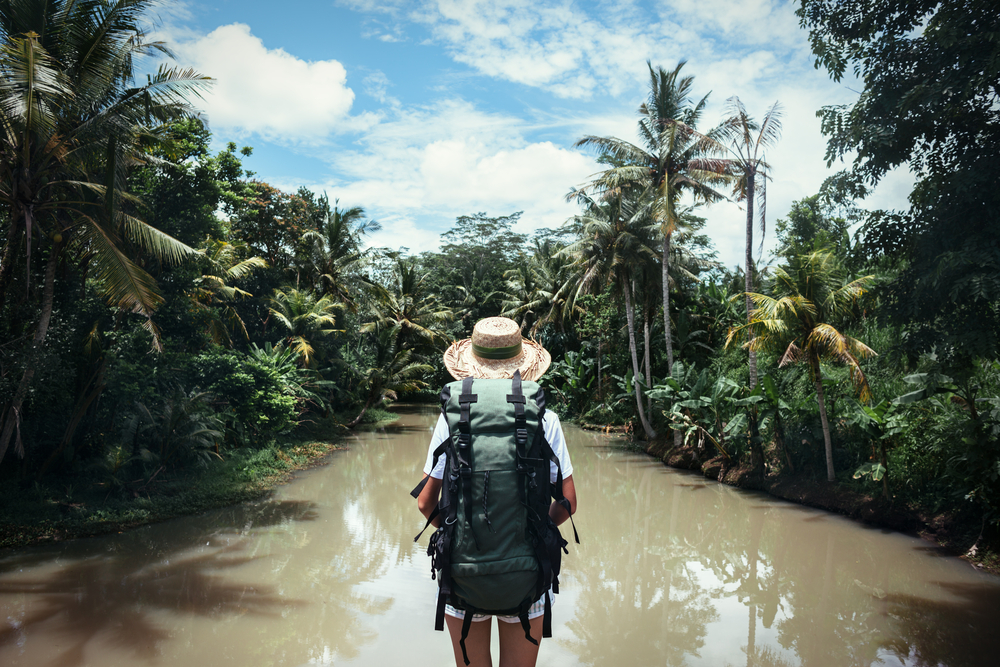
Travellers themselves need to be alerted to what their choices can result in. We all need to know where our money is going, whether it’s reaching indigenous populations or heading into the bank account of a huge multinational. How our choice of accommodation is going to impact the community you are visiting and the local environment. Whether by taking a particular tour, we are exploiting or helping the people that welcome us to their homes.
All in all, travellers need to be brought closer to the destinations they visit. The barrier between traveller and local needs to be dismantled, we need to see an end to all-inclusive resorts where tourists don’t see the damage or exploitation they wreak on authentic communities.
Tourism can combat climate change effectively when it benefits all parties. When indigenous communities are empowered by tourism, they can protect their environment, preserve a traditional way of life and a cultural identity, and the income from these tourists can help to improve health, education and quality of life.
It’s up to the tourism industry to change its model to one that genuinely helps the communities it sends travellers to, by promoting trips that truly benefit not only the balance books, but also the people who will feel the worst of climate change and those on the front line of fighting it – the locals.
Protecting wild spaces
As we’ve mentioned a few times now, a region’s climate is often the very thing that drives tourism to a destination in the first place. With many of these climates, environments and ecosystems under threat from climate change, the tourism industry can lead on driving for the protection of wild spaces that act as carbon sinks, in doing so taking the fight to climate change.
Setting up national parks to prevent the spread of industrial agriculture and logging is a truly effective way of combatting climate change, and the tourism industry needs to aid local communities in any ways it can at establishing protected refuges.
In Zambia, establishing the South Luangwa National Park created more than 7000 jobs and created wage income for 23% of the homes in the local area, all whilst protecting an important area of wilderness and biodiversity.
If this can be replicated in many more places around the world and the flow of tourists carefully managed to ensure the continues protection of the hugely important carbon sinks and areas of rich biodiversity, then tourism can play a huge role in combating climate change.
Here at Not In The Guidebooks, we are always working to see how we can make travel work for both travellers, and local communities. We are firm believers that travel has got the ability to make the world a better place.
Tourism is a key tool in helping some of the most impoverished parts of the world develop, and can transform communities provided it is done in a way that genuinely supports and empowers them. It can also be a tool in protecting wild spaces from being destroyed, in encouraging travellers to explore the right way, and in bringing cultures closer together to create a more understanding, more empathetic world.





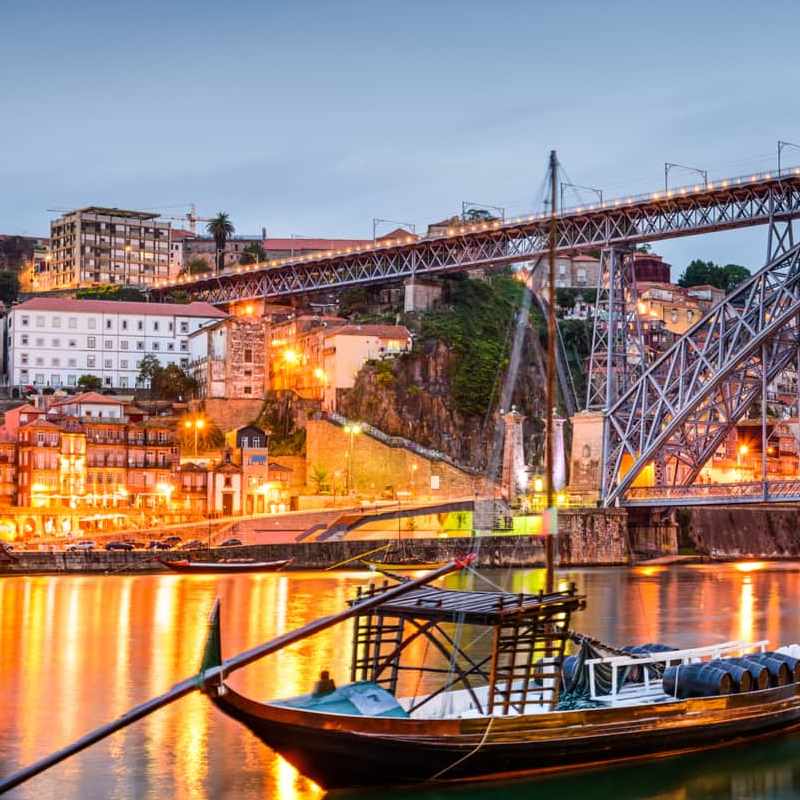
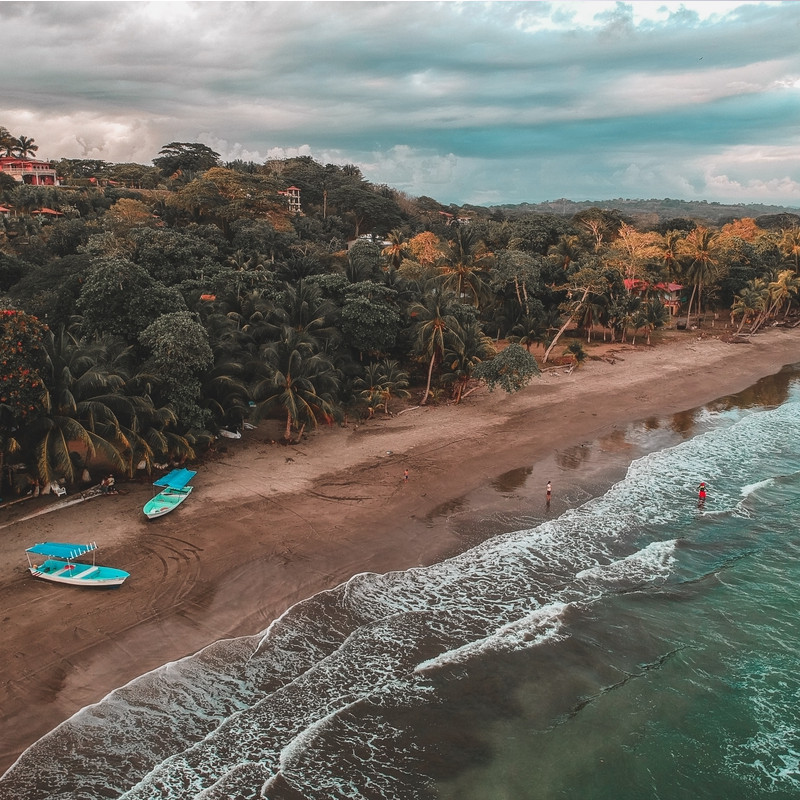
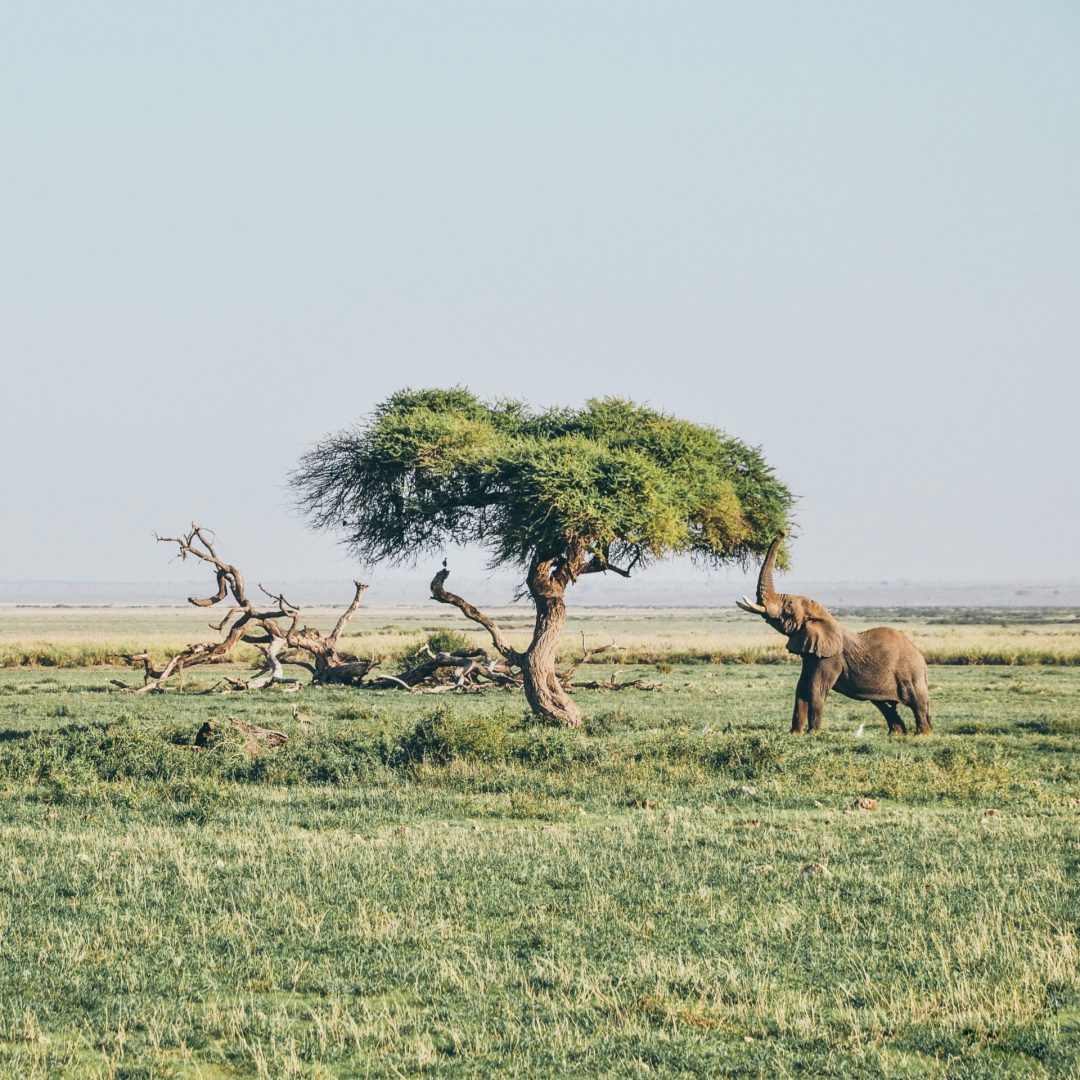
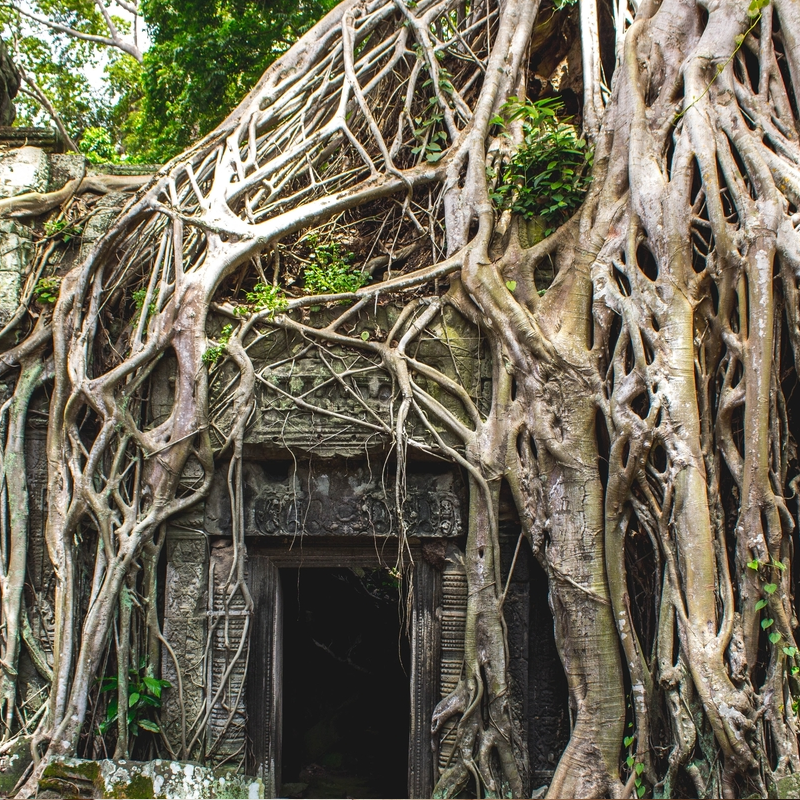
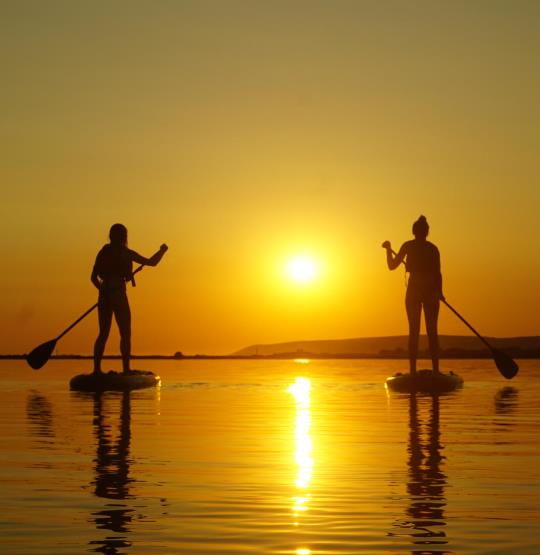
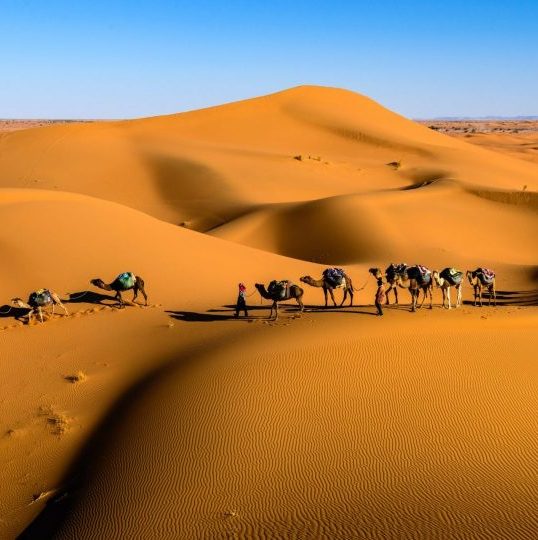
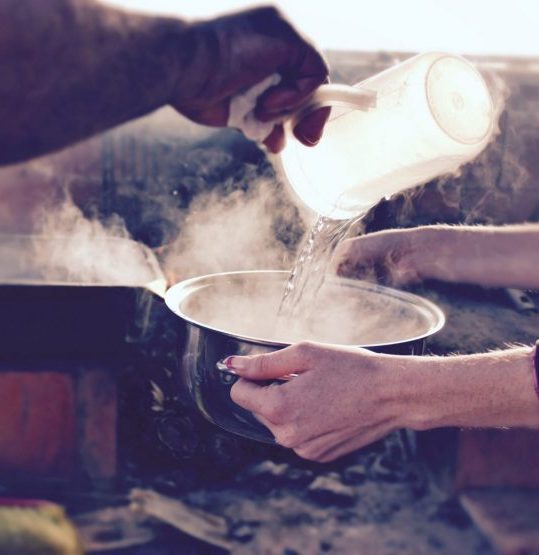

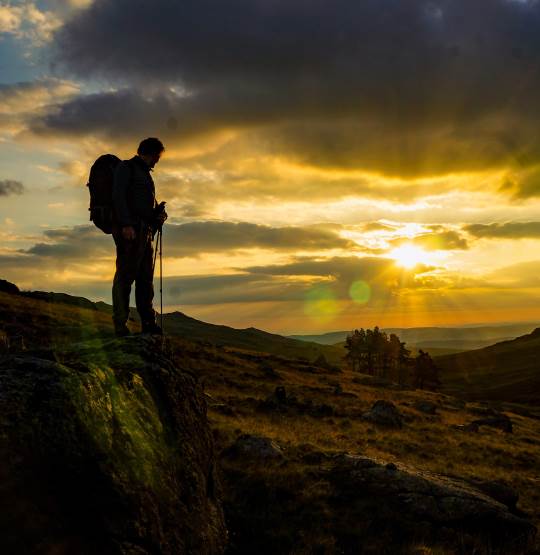
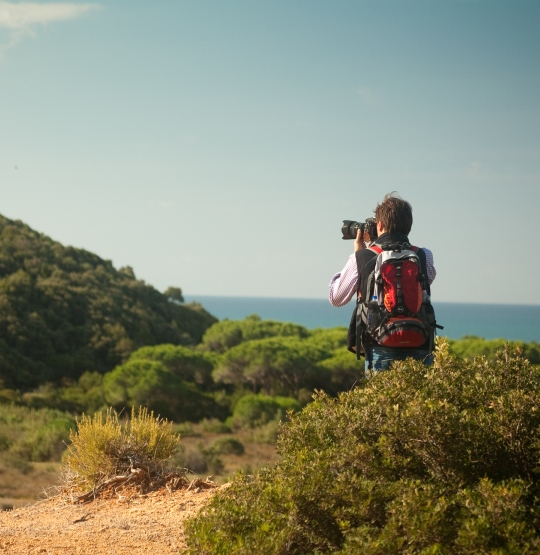

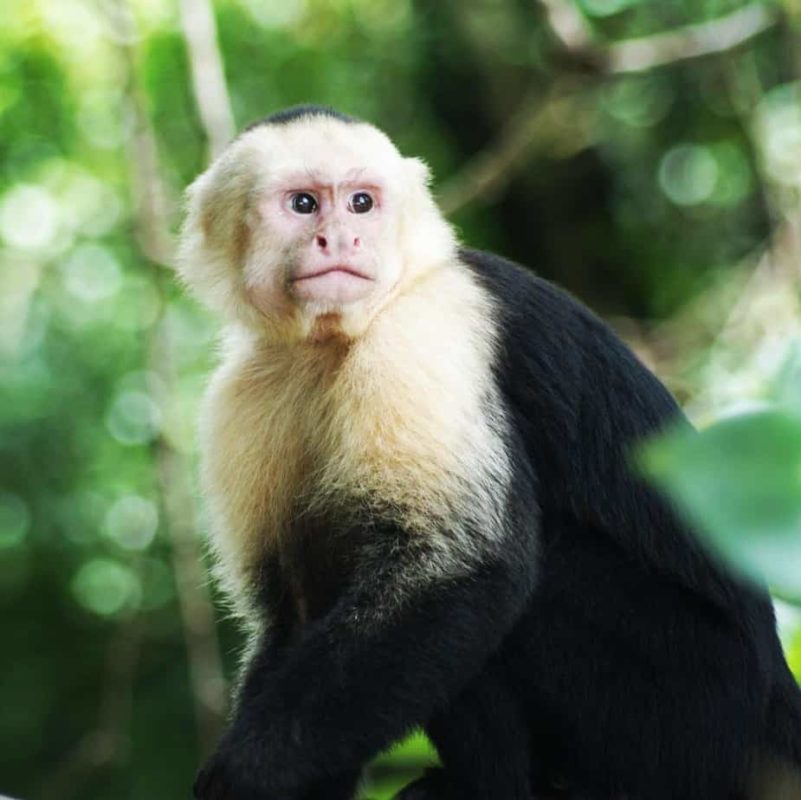
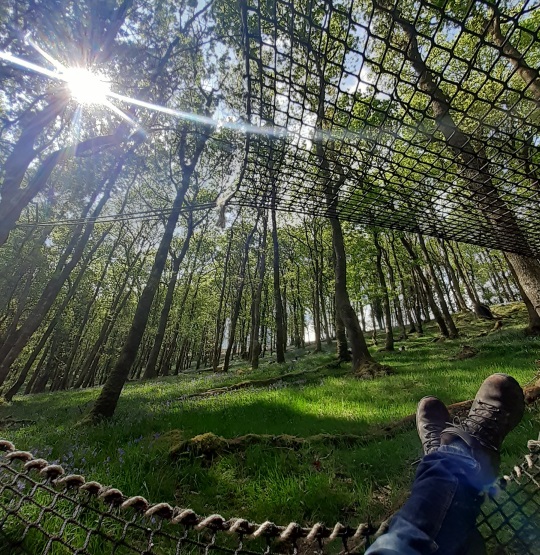




 Northern Vietnam
Northern Vietnam 